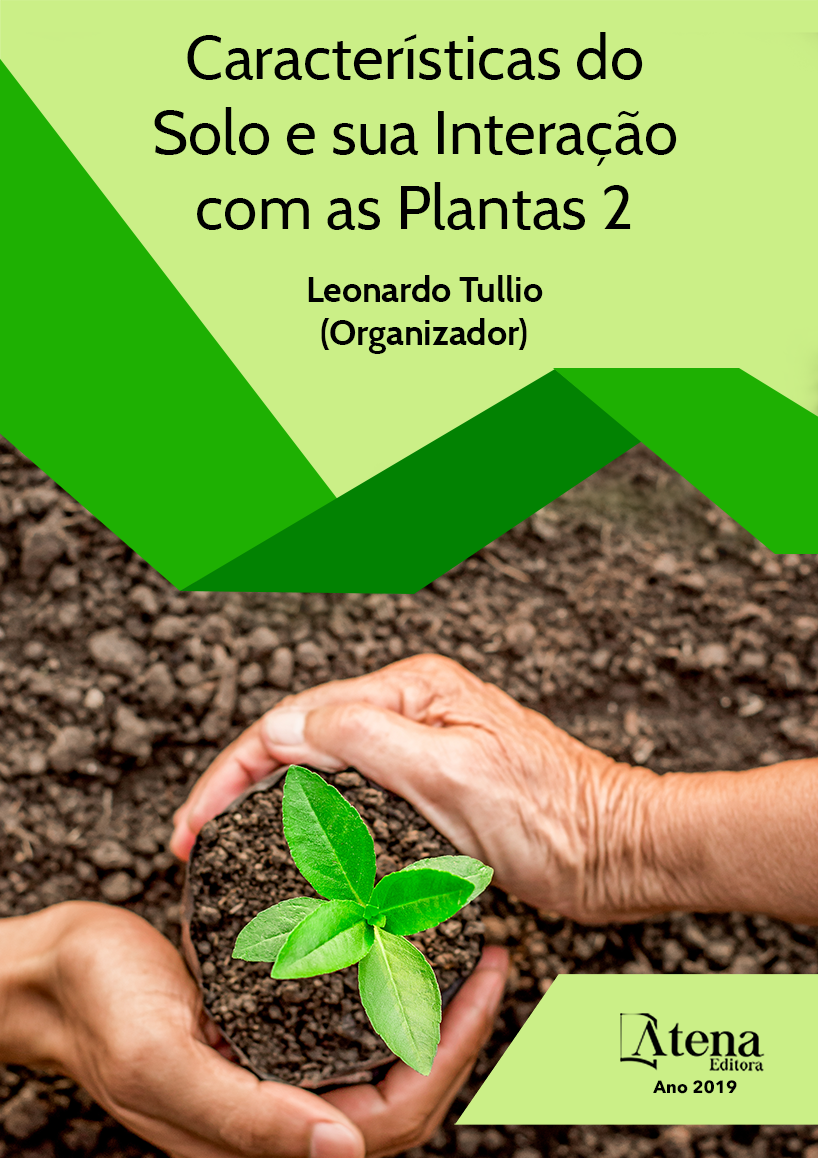
ECOFISIOLOGIA DE LAVOURAS CACUEIRAS NA REGIÃO DO XINGU: ESTUDO DE CASO EM MEDICILÂNIA/PA
O estudo objetivou caracterizar
o comportamento ecofisiológico de duas
variedades de Theobroma cacao (TSH 1188 e
CCN 51) cultivados em sistemas agroflorestais,
em nitossolo vermelho, no município de
Medicilândia/PA. Foram determinadas as taxas
de fotossíntese, transpiração, condutância
estomática, temperatura foliar e eficiência no uso
da água, em tecidos foliares de cacau, no período
de menor precipitação pluviométrica, além de
uma análise e comparação do comportamento
ecofisiológico destas variedades sob dois
níveis de luz. O delineamento experimental foi
em blocos inteiramente casualizados com cinco
repetições. Os tratamentos foram arranjados
em esquema fatorial 2 x 2, sendo dois genótipos
de cacau e duas intensidades luminosa (tecidos
foliares a pleno sol e sombra) em nitossolo
vermelho. Os resultados revelaram que existe
uma diferença significativa (p < 0,0001) entre as
variáveis fisiológicas encontradas em tecidos
foliares a pleno sol e sombra, entre as duas
cultivares, em nitossolo vermelho, com um bom
desenvolvimento em ambientes sombreados
(sombreamento parcial). A cultivares
apresentaram boa adaptabilidade ao cultivo em
nitossolo vermelho. Entretanto, o genótipo de
cacau (CCN 51) apresentou as melhores taxas
das variáveis fisiológicas, indicando ser a mais
adaptada às condições de cultivo em Sistemas
Agroflorestais.
ECOFISIOLOGIA DE LAVOURAS CACUEIRAS NA REGIÃO DO XINGU: ESTUDO DE CASO EM MEDICILÂNIA/PA
-
DOI: 10.22533/at.ed.17819171021
-
Palavras-chave: Cacau, Genótipo, Sistemas Agroflorestais, Nitossolo Vermelho
-
Keywords: Cocoa, Genotype, Agroforestry Systems, Red Nitosol
-
Abstract:
The objective of this study was to
characterize the ecophysiological behavior of
two varieties of Theobroma cacao (TSH 1188
and CCN 51) cultivated in agroforestry systems,
Características do Solo e sua Interação com as Plantas 2 Capítulo 21 183
in red soil, in the municipality of Medicilândia / PA. Photosynthesis, transpiration, stomatal
conductance, leaf temperature and water use efficiency in cocoa leaf tissues during the
period of least rainfall were determined, as well as an analysis and comparison of the
ecophysiological behavior of these varieties under two light levels. The experimental
design was completely randomized blocks with five replications. The treatments
were arranged in a 2 x 2 factorial scheme, being two cocoa genotypes and two light
intensities (leaf tissues in full sun and shade) in red nitossol. The results revealed
that there is a significant difference (p <0.0001) between the physiological variables
found in leaf tissues in full sun and shade, between the two cultivars, in red soil, with
good development in shaded environments (partial shading). Both cultivars showed
good adaptability to cultivation in red soil. However, the cocoa genotype (CCN 51)
presented the best rates of physiological variables, indicating to be the most adapted
to the cultivation conditions in Agroforestry Systems.
-
Número de páginas: 17
- Jonatas Monteiro Guimarães Cruz
- Fabrício Menezes Ramos
- Luís Carlos Nunes Carvalho
- Possidônio Guimarães Rodrigues
- Patrícia Chaves de Oliveira


